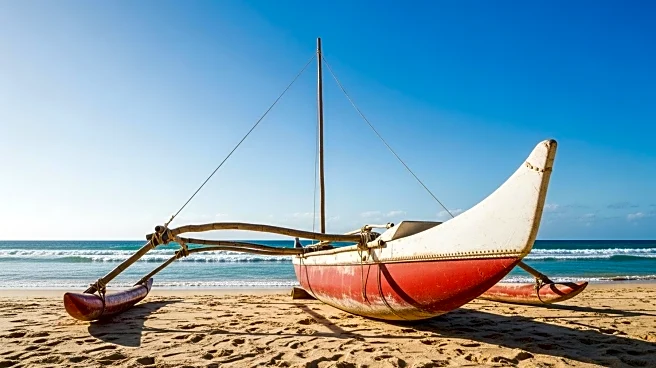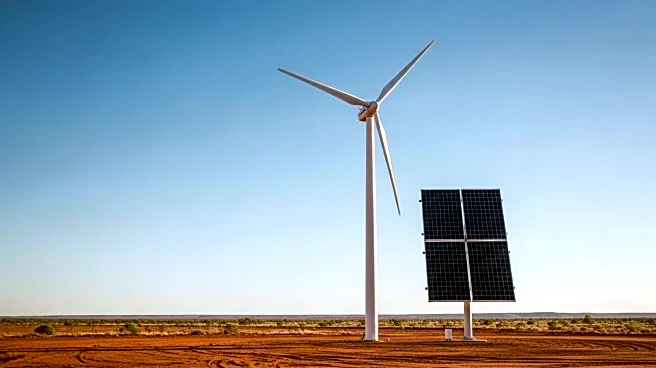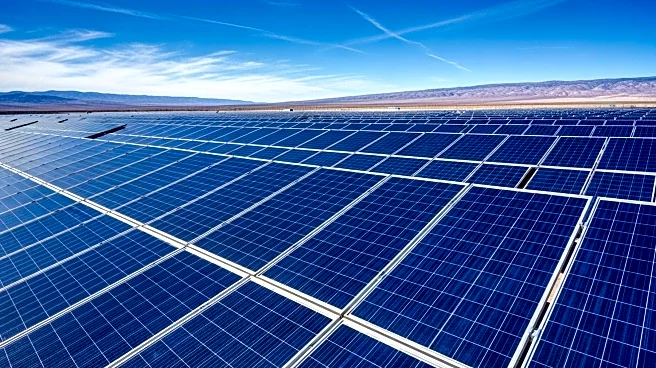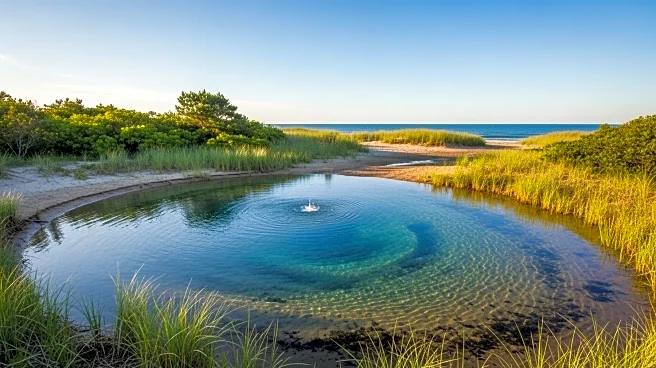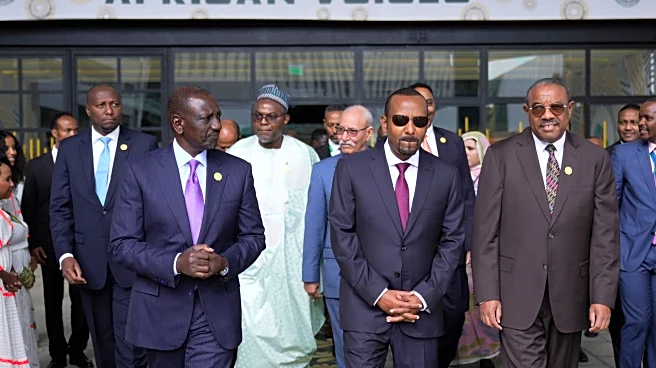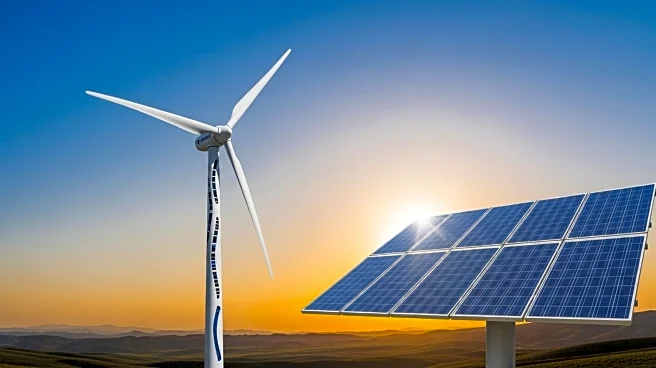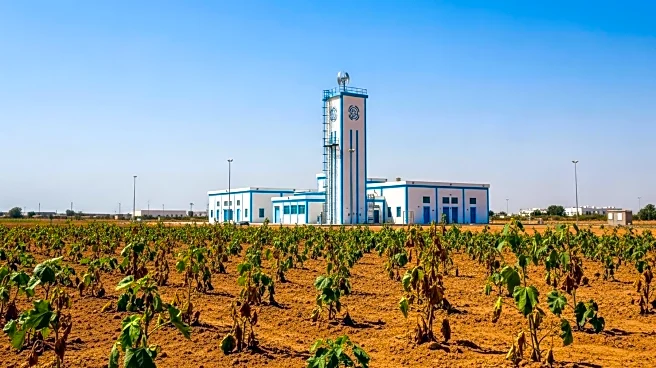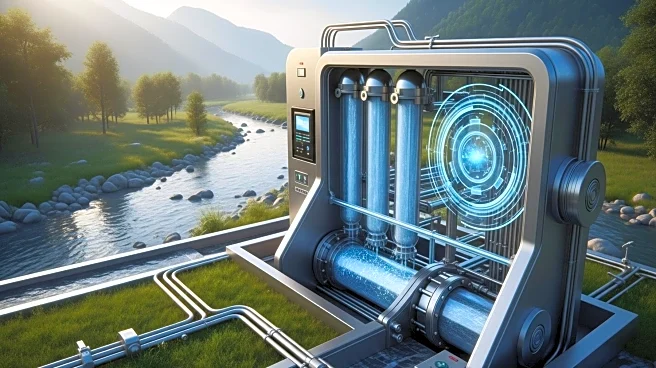What's Happening?
The Land Art Generator Initiative (LAGI) has partnered with Marou Village in Fiji to redefine climate adaptation infrastructure through a unique design competition. The initiative invites designs that integrate art with sustainable systems to provide clean electricity and drinking water to the village's 67 households. The competition aims to address the challenges faced by coastal island communities, such as rising sea levels and extreme weather events, by creating regenerative works of art that serve as functional infrastructure. Two winning designs have been selected to advance as prototypes, with the potential for full-scale construction.
Why It's Important?
This initiative represents a shift towards community-driven solutions for climate adaptation. By involving local residents in the design process, the project ensures that the infrastructure meets the specific needs and cultural values of the community. The approach challenges traditional centralized development models and promotes resilience through participatory design. The success of this project could serve as a model for other vulnerable communities facing similar climate challenges, demonstrating the potential for art and innovation to drive sustainable development.
What's Next?
The winning designs will be developed into prototypes and exhibited in Suva in early 2026. Following the exhibition, one project will be selected for full-scale construction in Marou Village, in collaboration with local authorities and funding partners. The outcomes of this initiative are expected to influence future climate adaptation strategies, both in Fiji and globally, by showcasing the benefits of integrating cultural identity with sustainable infrastructure.
Beyond the Headlines
The project highlights the importance of community involvement in infrastructure development, addressing the social and structural challenges that often accompany technical solutions. By fostering a sense of ownership and investment in the outcome, the initiative aims to ensure long-term sustainability and maintenance of the infrastructure. This approach could redefine how communities worldwide approach climate adaptation, emphasizing the role of cultural and social factors in building resilience.
